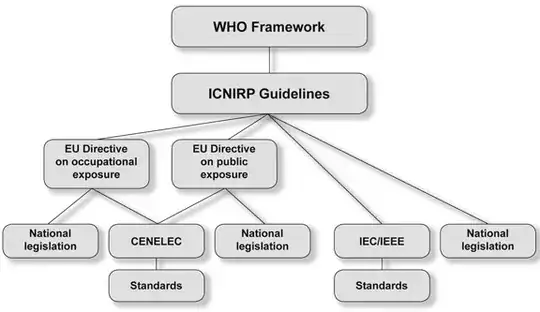When I was at university (in Australia) a lecturer mentioned that the Australian standard for radio frequency radiation levels were deliberately raised to accommodate mobile phone technology. So that the previous recommended level of dosage was raised so that mobile phones could be sold.
Is this true and was this done in countries other than Australia?
I have found this page on the internet which seems to partially confirm his claim:
"Why do we need a new standard when technology is operating perfectly well at the present lower levels?" asks EMR News. It seems that "Last year the committee that devised the standards was told that the higher radiation levels were needed to accommodate new mobile phone technology. That begs the important question: has the standards-setting process been driven by scientific research or by economic motives?"
A copy of the standard and supporting documents is available from ARPANSA's website at www.arpansa.gov.au/rf_standard.htm
Source: EMR News June 2002.
